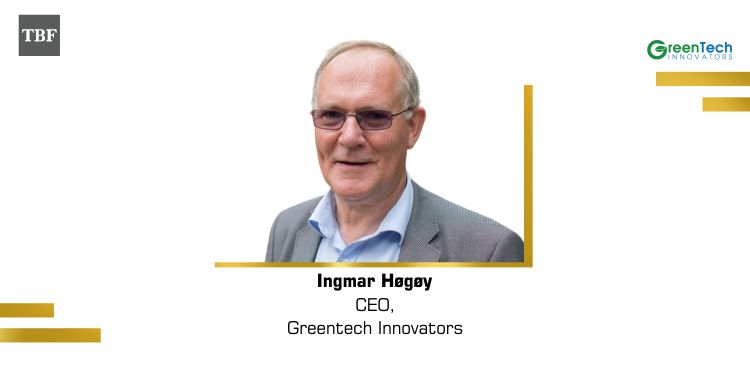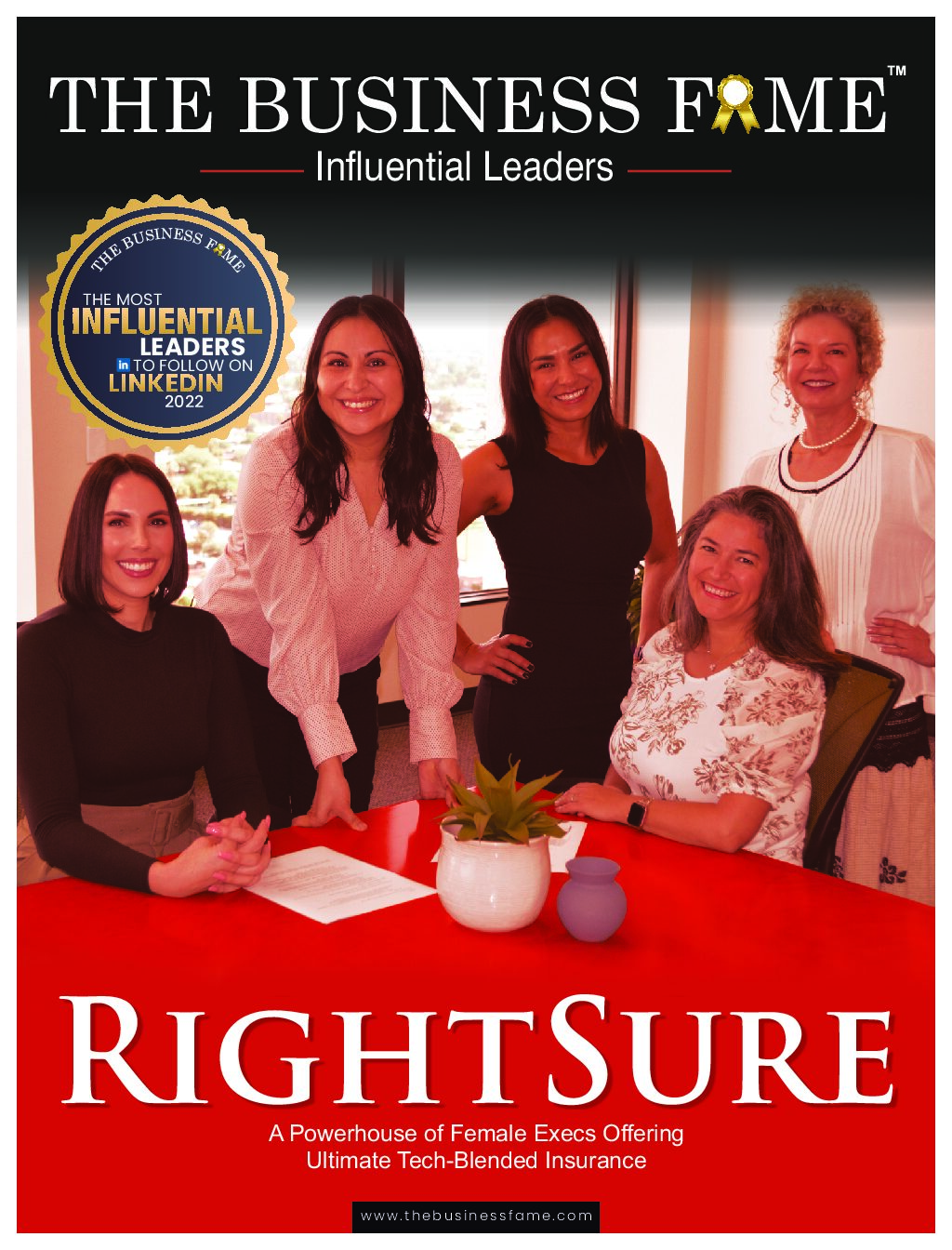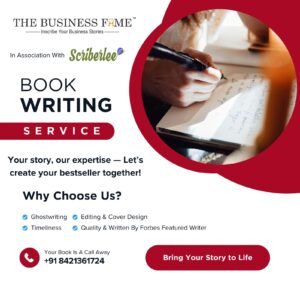In the past few years LinkedIn has become a business hub, rather a platform for all the businessmen, both established and aspiring to publish their stories and inspire many. The LinkedIn algorithm is built in a way where it becomes easy to spot such inspirational stories through the likes of your mutual. But what matters the most is building an empire, writing a story worth reading, and the one that inspires many.
Featuring for The Business Fame’s this issue of The Most Influential Leaders to Follow on LinkedIn 2022 is the story of Ingmar Hogoy, a business leader pioneering sustainable solutions.
Ingmar’s Journey-
Ingmar has had passion for fisheries and aquaculture since he was a kid ad when he was 12, he started experimenting with microalgae in an aquarium using fertilizer for growth. He made a small pond and was catching wild trout fry for farming. When Ingmar was 15 years old, he started fish farming with rainbow trout in a homemade fish cage.
“My goal has never been to be a business leader as such, but my vision was to contribute to producing more food to a growing population and the answer to more food production is in the ocean.”
His inspiration has been the scientist Dr. Norman Borlaug who got the Nobel Prize in 1970 and the book “The man who fed the world” describing the “Green revolution” and how it was possible to increase food production by modern and scientific agriculture methods. Aquaculture has the same potential for the “Blue revolution” and increasing food production from the ocean.
Ingmar’s inclination for aquaculture has led to several projects and positions in the whole aquaculture value chain through research, product development, processing, and sales. In the early stage of the Norwegian salmon industry, he was working in a salmon processing plant when he realised that there was no waste management solution for the processed by-products like viscera and bones.
This became an environmental problem. He found that the rest raw material from processing was a valuable resource containing high-quality protein and oil – left unutilised. He got a job at a pioneering company, built up a factory for processing the rest raw materials from the salmon industry into fish protein and oil as feed.
“Ever since, I have been to the circular economy, utilizing waste from fisheries and aquaculture by developing new products as feed, special feed, and proteins for human consumption.”
The utilisation of rest raw materials from fisheries and aquaculture is now a large and profitable industry in Norway.
The Journey of Greentech Innovators-
During his daily travel from home to work Ingmar met the trucks loaded with food waste going for incineration and the only result was GHG emission and pollution from the chimney. Through his experience with aquaculture and by solving the challenges of by-products from aquaculture and fisheries, he realized that we still have environmental challenges with food waste.
In 2018, he with his team members established Greentech Innovators and the subsidiary Algaepro. The idea was to find more sustainable solutions to organic waste like food waste. The environmental challenges with today’s waste management solutions became more and more obvious.
During the last decade it has become more and more obvious that we need to find more environmentally friendly ways of living. This includes development of new and more sustainable waste management as all the commonly used solutions like landfills, incineration, composting, and biogas production are contributing to greenhouse gases and pollution of water and air. Political, social, and regulatory pressure to reduce greenhouse gases and go for more circular solutions is a driving force for our solution.
It is also a global demand for new feed for the growing aquaculture industry. To continue growing, new and sustainable feed sources substituting fish meal and oil and soy in aquaculture feed must be developed.
It is not sustainable to use 30% of global fish sources that can be used for direct food consumption as feed.
“Our solution use something that we have too much of, food waste, to produce something in global demand like omega-3 and protein.”
Greentech’s Innovative Solutions-
By using biotechnology, Greentech is converting food waste into growth media for microbes and microalgae for production of omega-3 and protein as sustainable feed for the aquaculture industry. The team is upcycling food waste to feed. And the customers are waste management companies that needs more sustainable solutions according to new regulations. They can offer feed producers more sustainable omega-3 and protein.
One milestone in the company was to get an industrial partner joining them.
“We got access to infrastructure and network.”
Last year despite all the challenges the company got a breakthrough in their R&D development to improve their efficiency in fermentation by using their unique biotech pre-treatment solution.
Greentech’s Road Ahead-
The company’s goal is to scale their circular waste solution to be an international solution that can support governments, waste management companies and feed producers to reach their goals of more sustainable solutions. They are focusing on production of seafood for the growing populations and at the same time reduce GHG from traditional waste solutions.
Mr. Hogoy’s Message to the Budding Entrepreneurs-
“If you have an idea that may contribute to more sustainable solutions, you must face the challenges just like any other idea. People talk about sustainability but don’t expect that it will be easier to develop your environmental solution than any other idea. Still, you must climb uphill to reach your goal.”


